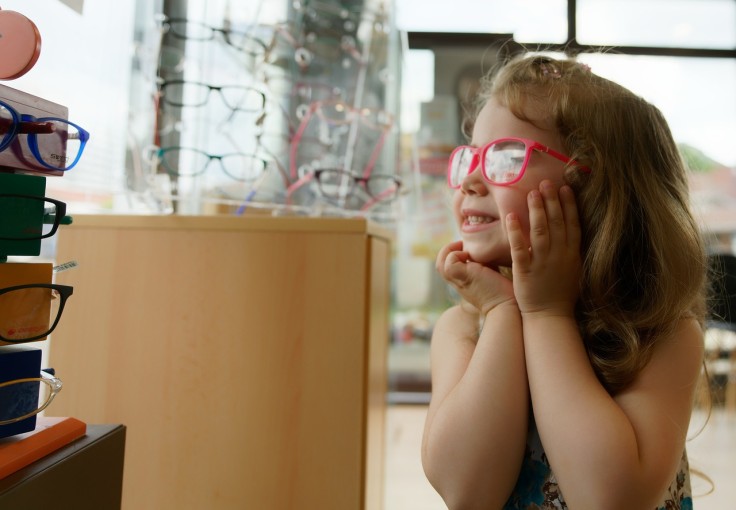
Healthy eyesight is crucial to children's growth and development, but health experts note that more and more children are likely to need glasses earlier in life. Research shows a high prevalence of pediatric myopia, an eye condition where the light that enters the eye focuses in front of the retina instead of directly on it. As a result, children can see things close up but struggle with focusing on objects at a distance, thus needing eyeglasses to correct their vision.
In the United States, the nationwide prevalence of myopia among children aged between 5 and 17 is 36.1%, with a disparity between urban (41%) and rural areas (15.7%). Considering that around 80% of the US is urban, there needs to be a closer examination of the rise in common vision problems, including myopia, as well as what parents and guardians can do to take better care of kids' eye health.
The Rise in Common Vision Problems Like Myopia
While genetics can play a role in the development of refractive errors like myopia, recent research shows that lifestyle and environmental factors can also affect kids' eyes. Specifically, a previous post discusses how prolonged indoor time can make the retinal cell respond more slowly to light and thus impair its function. Since this cell can also alter how the retina grows and develops, kids can struggle to focus and may even be at risk of developing myopic vision.
Aside from exposure to indoor lighting that overstimulates the eyes with its high red and green contrast, children are also spending more time in front of digital devices whose screens emit blue light. Not only do these wavelengths of light damage the retina and strain the eyes, but the effect can also be cumulative and contribute to the progression of myopia. Beyond encouraging kids to unplug their devices and spend more time outdoors, the following section outlines what can be done to address these vision problems.
What can parents and guardians do about their kids' eye health?
Update prescription glasses.
Since eyeglasses are the most common corrective tool for pediatric myopia, parents must ensure they get their kids' eyes checked regularly to prevent or delay myopic progression. Updating their prescription every one or two years can be costly, but eyewear retailer OPSM offers affordable value packages for kids' prescription glasses. The frame choices vary widely, including kid-friendly options from quality brands like Oakley, Ray-Ban, and Vogue Eyewear to suit both vision needs and stylistic preferences.
Consider protective eyewear.
Even when kids do not have refractive errors that need correcting, parents can still take preventative measures through protective eyewear. For example, kids aged 4-12 can wear blue light-blocking glasses specifically designed to filter blue light from digital devices. Eyewear company GUNNAR Optiks has released a lineup of Cruz Kids glasses that can block 35-65% of blue light, hence protecting kids' developing eyes when gaming, watching, or reading from their digital screens.
Besides considering these types of eyewear, parents and guardians can be more proactive about children's eye health by looking out for the common signs of eye problems. According to the American Academy of Ophthalmology, these include excessive blinking/rubbing, seeing spots in vision, and dilated eyes/pupils.









